Agriculture has always anchored human advancement. From the age-old practices of traditional farming to the cutting-edge methods of greenhouse farming, our approach to growing food has transformed. Both techniques carry their own weight, molded by the trials and demands of their eras.
As manufacturers of commercial greenhouses, we deeply recognize the pivotal role of greenhouse farming in shaping the future of agriculture. In this article, we’ll delve into the pros and cons of greenhouse farming versus traditional agriculture. Additionally, we’ll provide a comparison chart for a swift overview from various perspectives.
Know more about our China factory: INSONGREEN >>
What is Traditional Farming?
Traditional farming, as we discuss here, primarily refers to agricultural practices without the climate control of greenhouses. It’s the most common method used since the advent of greenhouses.
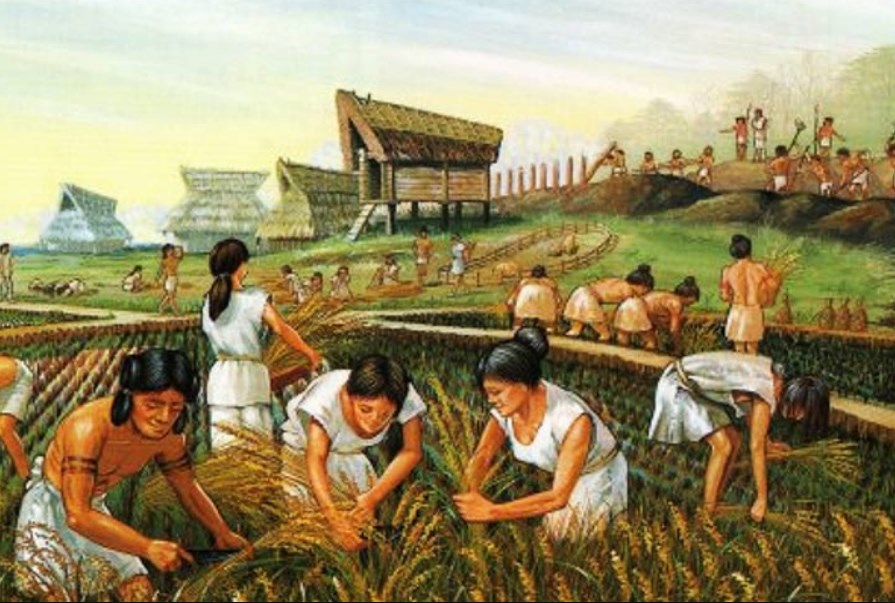
It originated about 12,000 years ago. A transformation known as the “Neolithic Revolution” led humans to shift from hunting-gathering to traditional farming. This change led to settled communities, ensuring a consistent food supply, which in turn birthed cities and civilizations.
The genesis of agriculture varied by region. The climatic shifts in the Near East fostered conditions for wild grains, while resource depletion in East Asia might have prompted the dawn of farming. Against this backdrop, crops like wheat, barley, and peas were domesticated in the Near East. In contrast, in China, the cultivation of rice and millet took precedence. Such changes weren’t confined to crops alone; livestock, including cattle and goats, were also domesticated in the Fertile Crescent, paving the way for the Neolithic era.
Key Features of Traditional Farming
- At the heart of traditional farming lies a harmonious coexistence with nature. It’s profoundly influenced by seasons, weather patterns, and soil types.
- Farmers choose crops and planting times based on these natural parameters, ensuring the crops are well-suited to their environment. Moreover, traditional farming relies on time-tested cultivation and planting techniques, rather than heavy machinery or chemical interventions.
What is Greenhouse Farming?
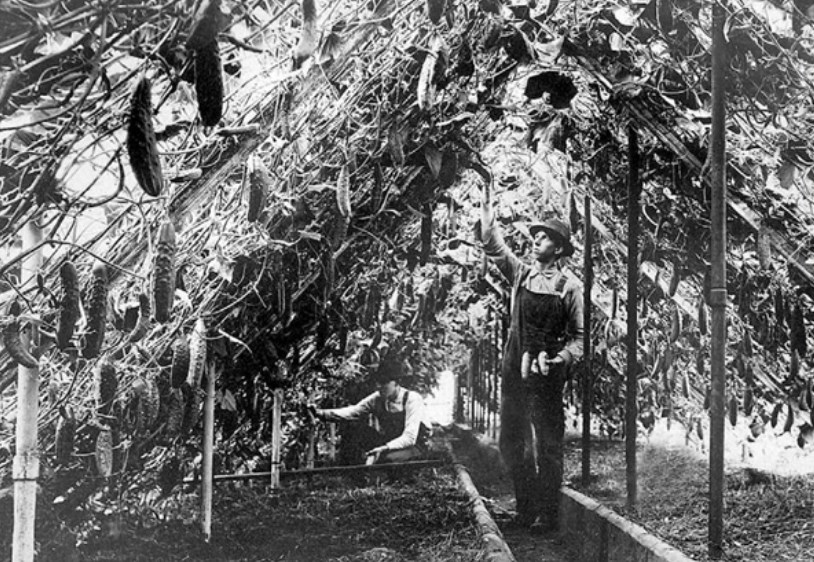
The concept of greenhouse farming traces its roots to the Roman times when Emperor Tiberius wanted a cucumber-like fruit to be available year-round. The early greenhouse structures weren’t as advanced as today’s greenhouses but served the same fundamental purpose: providing an optimized environment for plant growth.
Modern greenhouse farming entails cultivating crops within enclosed structures, typically constructed from glass or plastic, and is complemented by various equipment and sensors to create a controlled environment optimized for plant growth.
Key Features of Greenhouse Farming
A distinct advantage of greenhouse farming is its ability to control the growth environment, including temperature, humidity, and light. This method bypasses seasonal and regional constraints, enabling year-round and cross-regional cultivation. Additionally, it shields crops from extreme weather, ensuring consistent yields and potentially higher-quality produce.
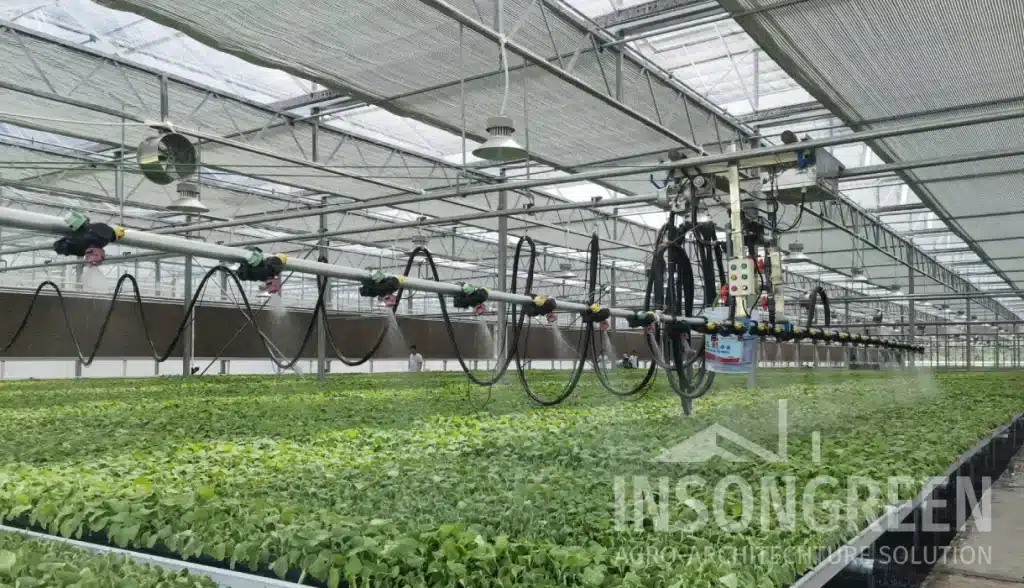
While greenhouse farming can boost annual yields and enable cultivation across different regions, the initial investment and ongoing maintenance costs are relatively high. Depending on the equipment within the greenhouse, the starting costs can vary significantly. For instance, the average greenhouse cost can range from $15 to $35 per square foot. However, in the industry, high-tech vertical greenhouses may skyrocket to over $200 per square foot.

Greenhouse Farming vs Traditional Farming: Comparison Table
| Criteria | Traditional Farming | Greenhouse Farming |
| Definition | Refers primarily to cultivation without greenhouse climate control. | Crops are cultivated in controlled enclosed structures, enhanced by devices and sensors. |
| Growth Environment | Influenced by weather, seasons, and climate. | Provides a stable and controlled growth environment. |
| Production Cycle | Constrained by seasonal factors. | Typically allows for year-round production. |
| Resource Efficiency | Traditional resource utilization methods. | Uses advanced irrigation, ventilation, and heating systems to maximize resource efficiency. |
| Yield and Quality | May have inconsistencies due to natural conditions. | Potentially offers higher yields and more consistent quality, reducing uncertainties from external environment factors. |
| Economics | Lower start-up costs, but potential for inconsistent income. | Higher initial investment but might offer a more stable revenue stream. |
| Advantages | Close connection to land, lower start-up costs, traditional agricultural practices, and knowledge. | Stability in production, resource efficiency, and reduced use of pesticides. |
| Challenges | Weather, diseases, and market fluctuations can pose challenges. | High operational costs, technological requirements, and high initial investment. |
Conclusion
Traditional and greenhouse farming exhibit distinct differences. Traditional farming’s strength lies in its close tie to the land, lower start-up costs, and rich agricultural heritage. However, its reliance on weather, seasons, and climate can lead to inconsistent yields and quality.
On the other hand, while greenhouse farming demands a higher initial investment, it offers a controlled environment. This ensures year-round production, efficient resource use, and consistent crop quality.
As we face challenges from global climate change and food security, merging the benefits of both farming methods becomes crucial. By integrating traditional practices with greenhouse technology, we can develop an efficient system that’s both cost-effective and resilient to climate shifts.
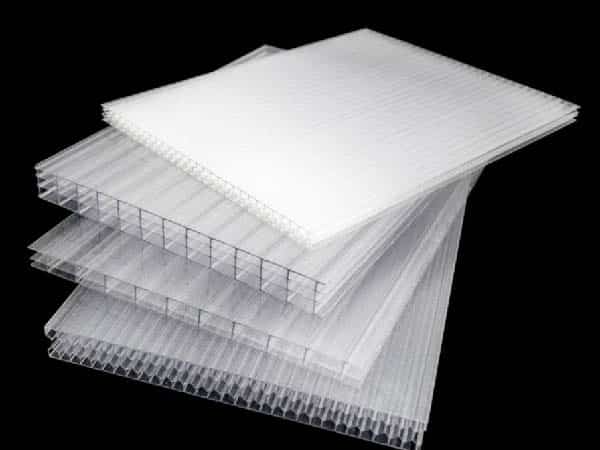
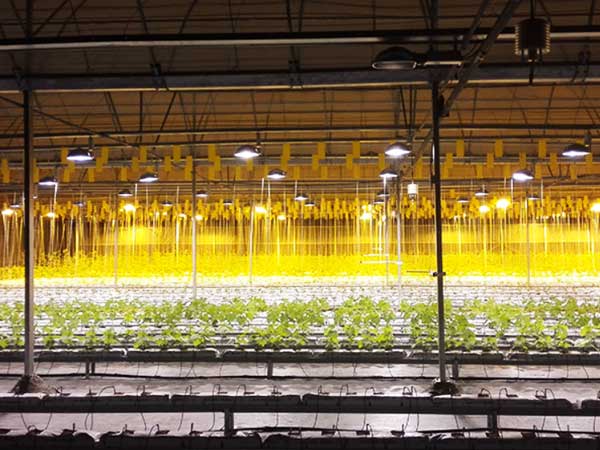



This is very helpful to me